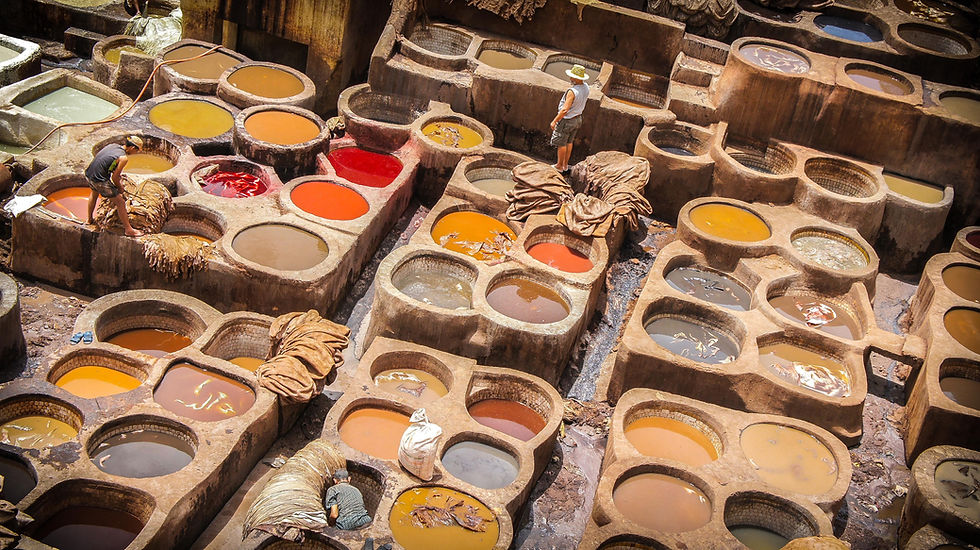
New textiles are being developed and introduced into consumer goods such as clothes, shoes, manchester and other household and commercial fabric uses that promote the use of environmentally friendly inputs.
For example, Pinatex is a material increasing popularity due to the fact that it uses the pineapple leaves cut from pineapples as feedstock for production of the leather alternative fabric. Being a leather alternative it means that vegans and others who prefer not to purchase animal leathers can purchase products using Pinatex with a clear conscience. It is also heavily promoted as an environmentally friendly alternative to leather. However, Pinatex is made by combining the pineapple leaves with polylactic acid (PLA - a bioplastic with sugar cane/beet base) and petrochemical resins, metal foils and polyurethane coatings to transform the organic Pinafelt into Pinatex.
Production processes for Pinatex currently involve international shipping for final production however it has the sustainability advantage of not using the toxic chemicals that are now used in tanning leathers, such as Chromium and others, introduced to replace natural bark tannins during the Industrial Revolution.
So, Pinatex does provide a vegan option, however its production process could be no better than animal leather, especially if done traditionally using bark tannins. Combine that with the end product being non-biodegradable due to its petro/foil/PU elements and sure, we may have a product that avoids animal leathers but it is a poor environmental solution because pineapple leaves that could have been used for compost now need to be landfilled because they are mixed with plastics.
Many other fabrics are promoted as sustainable when in fact they may not be. Tencel and Rayon and made from wood pulp, using chemicals and mixed with synthetic fibres. Even Bamboo is often mixed with petro plastics for manufacture of garments. Add to that all clothing and other fabric products made from natural products like cotton, wool, silk, jute, hemp, etc, combined with polyesters and nylons to give improved properties and we find that an increasing amount of the world's textiles products are non-biodegradeable, non-recyclable and perhaps even not sustainable even though they are marketed as such.
Some companies have started using vegetable tanned leathers. Even though these are unacceptable for vegans to purchase they are completely biodegradable and do not need to be landfilled. They are a truly natural product. For a vegan alternative we need to develop fabrics that can emulate the traditional tanning process and use only natural chemicals such as oak bark tannins in the manufacture of finished fabrics, as the unrecyclability of current seemingly sustainable fabrics is not sustainable.
Like many other consumer and industrial products that are manufactured using more complex composite materials, making them difficult or impossible to recycle, fabrics need to follow manufacturing processes that allow them to be recycled or composted to avoid increased landfilling.

Comentários